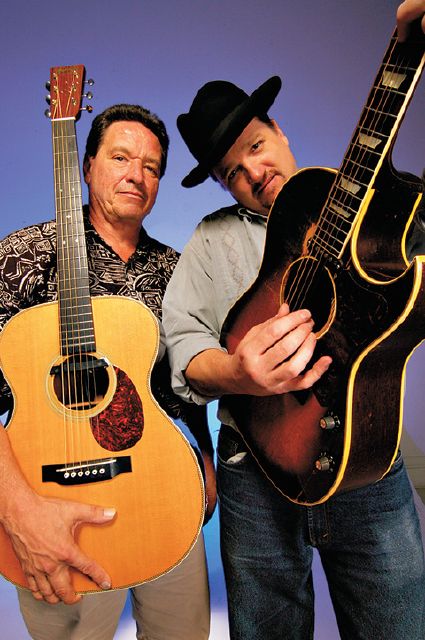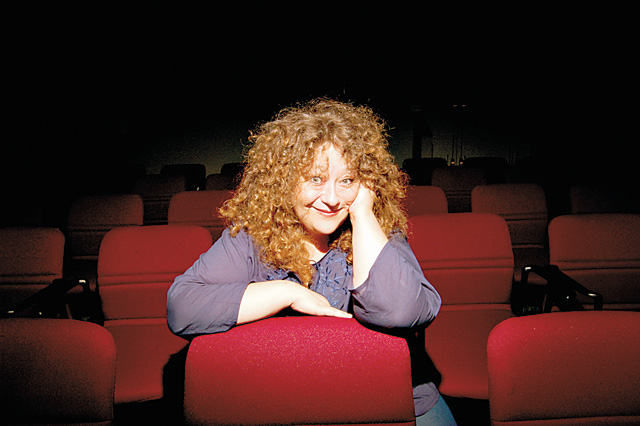The New Mexico Jazz Festival
A Collaboration Between Albuquerque And Santa Fe Jazz Presenters Debuts With A Monster Lineup


Chris Dracup and Tommy Elskes
Wes Naman

Patti Littlefield
Wes Naman








